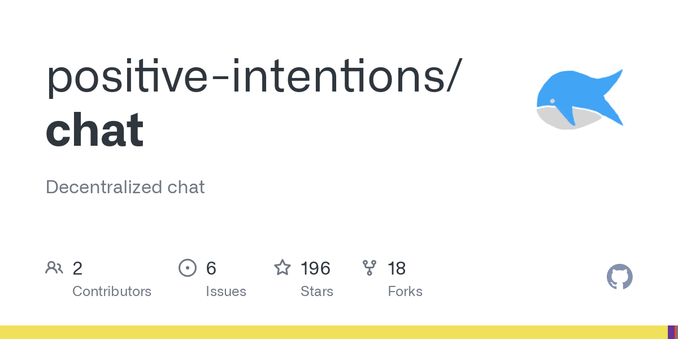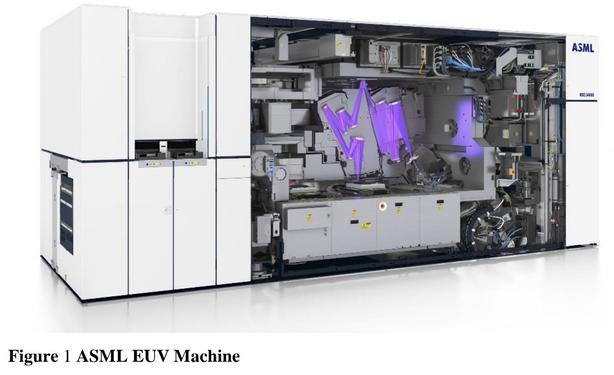One of our founding directors, Mike Eftimakis, sat down with Akshaya Asokan from Information Security Media Group (ISMG) to explore how CHERI is helping tackle one of cybersecurity’s biggest challenges: memory safety.
CHERI (Capability Hardware Enhanced RISC Instructions) is a hardware-based approach to security, designed to prevent around 70% of today’s common vulnerabilities. Backed by industry leaders and the UK government, we're working to ensure global adoption across the electronics supply chain.
Watch the interview to learn more about:
💠 How CHERI addresses memory safety issues
💠 Common hardware supply chain vulnerabilities
💠 Progress on adoption by chipmakers
💠 Scalability challenges associated with CHERI
🎥 Watch the full interview: https://www.bankinfosecurity.com/uks-cheri-alliance-expands-to-global-hardware-supply-chain-a-28942
#CHERI #CyberSecurity #HardwareSecurity #MemorySafety #SecurityByDesign #InfoSec





